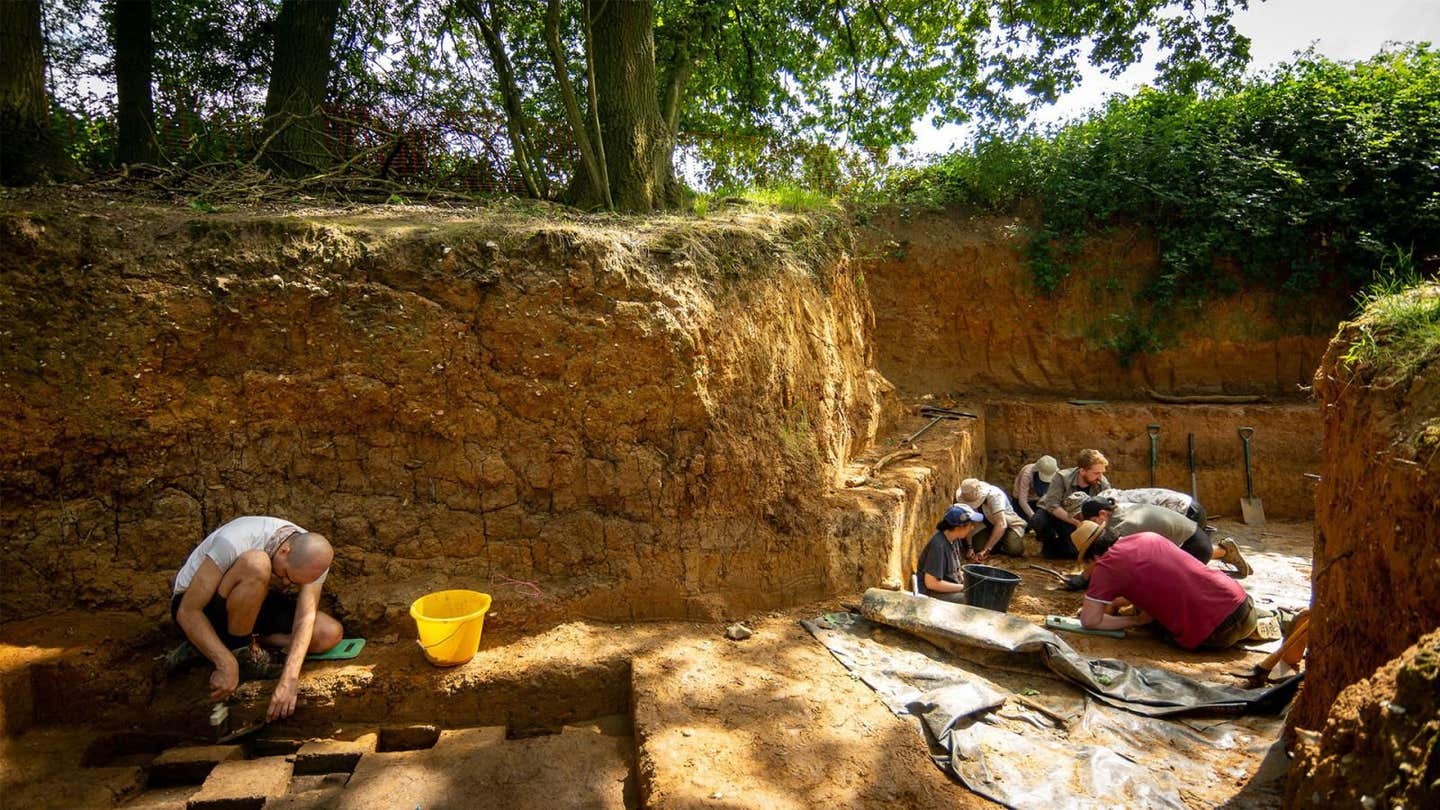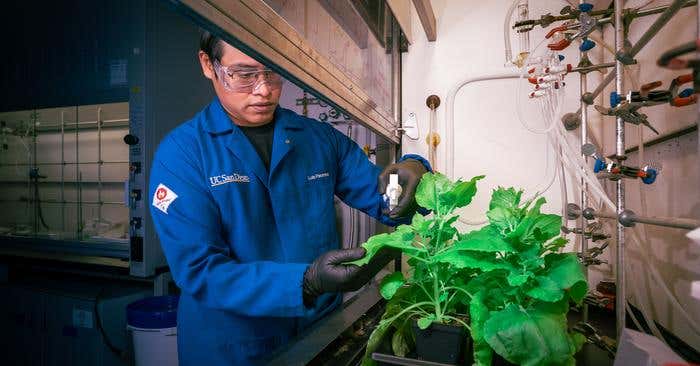New U.S. breakthrough in cancer treatment: Terbium-161
Terbium-161 could soon change how doctors treat cancer, offering a powerful tool to destroy even the smallest tumor cells.

Terbium-161 shows promise in targeting hard-to-treat cancers with powerful, precise radiation therapy developed in the U.S. (CREDIT: Shutterstock)
At a research facility in Missouri, scientists are developing a new way to fight cancer that could change how some of the toughest tumors are treated. Using a radioactive substance called terbium-161, researchers aim to improve the accuracy and power of cancer-killing drugs. This isotope offers special advantages, especially when it targets tiny clusters of cancer cells that other treatments often miss.
The University of Missouri Research Reactor, known as MURR, leads this work. Chemist Heather Hennkens and her team focus on producing, purifying, and preparing terbium-161 for radiopharmaceuticals—drugs that carry radioactive material directly to cancer cells. These drugs destroy tumors from the inside out.
The Unique Strength of Terbium-161
Terbium-161 belongs to the same group of elements as lutetium-177, a widely used isotope in prostate and neuroendocrine tumor therapy. These two lanthanides share similar chemical traits, allowing researchers to use existing treatments with both isotopes.
Doctors already use lutetium-177 to treat certain cancers by releasing high-energy beta particles that break down tumor tissue. Terbium-161 does this too—but adds even more power. What sets terbium-161 apart is its extra punch. In addition to beta particles, it releases low-energy Auger and conversion electrons. These particles don’t travel far, but they cause intense damage to nearby cancer cells.
“These low-energy electrons travel very short distances within the tumor while creating significant damage to the cancer cells along the way,” Hennkens explained. “This provides us with the ability to treat more dispersed or microscopic forms of disease, such as smaller clusters of metastasized cells and potentially even single circulating cells.” This dual-action capability makes terbium-161 a strong candidate for tackling both large tumors and scattered cancer cells, while sparing nearby healthy tissue.
Attaching the Isotope to Tumor-Targeting Molecules
To reach tumors, terbium-161 needs help. It must attach to a molecule that guides it to cancer cells. These molecules act like delivery trucks, bringing the isotope right where it’s needed. Attaching a radioactive isotope to a targeting molecule requires a stable, precise bond. If the isotope separates too soon, it could damage healthy cells.
Related Stories
- New urine test uses AI to diagnosis prostate cancer with 92% accuracy
- Bee venom rapidly targets and kills aggressive breast cancer cells
To solve this, Hennkens’ team used a binding agent called DOTA. Scientists trust DOTA because it forms strong, safe connections with radioactive materials. The team also used DOTA-TATE, a molecule that homes in on specific types of tumors. The results impressed the team.
Terbium-161 attached successfully to both DOTA and DOTA-TATE, forming high-purity compounds ready for use in treatment. “These treatments work like guided missiles,” Hennkens said. “You want them to hit the cancer cells directly and avoid everything else.”
Building a Reliable Supply Chain
Until now, the U.S. hasn’t produced much terbium-161. Researchers had to rely on foreign suppliers, which slowed down progress and limited access. Hennkens and her team want to change that. MURR already supplies four key medical isotopes in the U.S., and Hennkens believes terbium-161 could become the fifth.
Her team developed a new way to make it using a technique called cation-exchange high-performance liquid chromatography, or HPLC. They produced and purified terbium-161 in amounts large enough to support early-stage studies. The isotope showed excellent chemical and radioactive quality, proving it was ready for research.
“Our study focused on how to make terbium-161 usable in real-world applications,” Hennkens said. “We now have a clear path to produce it right here in the U.S., which could help expand access and speed up future cancer treatments.”
Next Steps in Cancer Therapy
The progress from Hennkens’ lab opens new doors for cancer treatment. Terbium-161, with its unique mix of radiation, may help treat aggressive or hidden cancers that resist standard therapy. It also fits easily into current drug designs. Because terbium-161 behaves like lutetium-177, researchers don’t need to redesign existing treatments. This could cut costs and reduce the time it takes to approve new drugs.
Still, scientists need to complete more work. They must expand production, conduct safety studies, and run clinical trials. But thanks to Hennkens and her team, the groundwork now exists. “Once we can reliably make terbium-161 here, we can start using it to create therapies that are more precise and more powerful than many we have now,” she said.
With continued research, this new isotope may offer hope to patients who face cancers that spread quickly or don’t respond to today’s treatments.
Research findings are available online in the journal Radiochimica Acta.
Note: The article above provided above by The Brighter Side of News.
Like these kind of feel good stories? Get The Brighter Side of News' newsletter.



